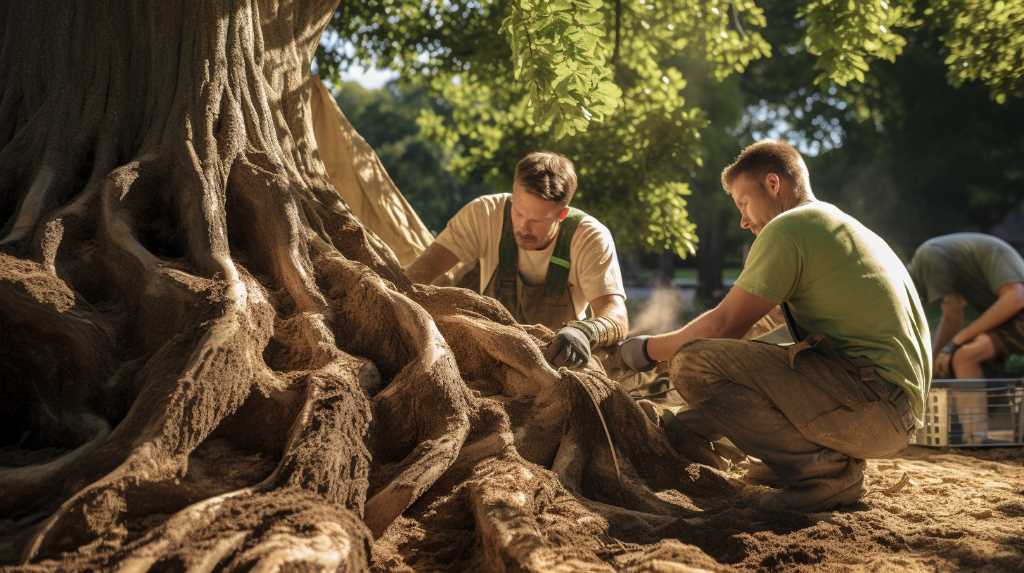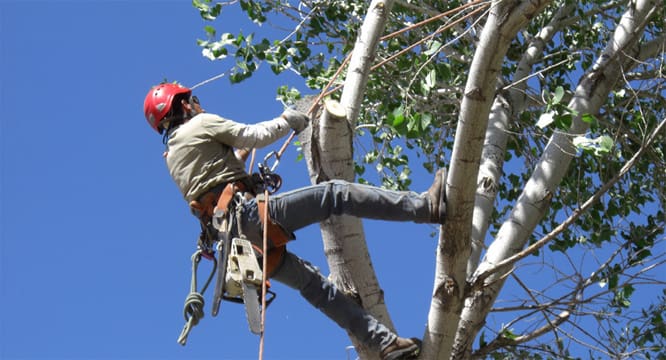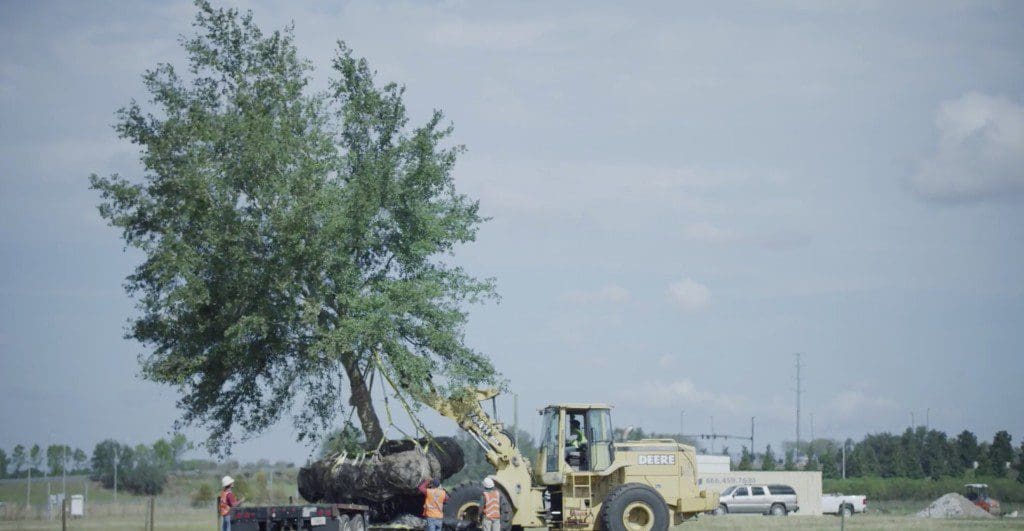Tree Removal
What Are Top Techniques for Mature Tree Transplantation?


As an expert in tree transplantation, I’ve learned that moving mature trees requires careful planning and precise techniques. It’s not a walk in the park, but with the right knowledge and approach, it can be done successfully.
In this article, I’ll share the top techniques for transplanting mature trees. From choosing the ideal time to evaluating tree health, preparing the site, and implementing proper transplanting techniques, I’ll guide you through the process step by step.
So, let’s dig in and uncover the secrets to successful tree transplantation.
Choosing the Right Time for Transplantation
Choosing the right time for transplantation involves carefully considering the current health and vigor of the mature tree. Timing is crucial to ensure the successful establishment of the tree in its new location.
Generally, the best time for transplantation is during the tree’s dormant season, which is typically in late fall or early spring. This is when the tree isn’t actively growing and is less likely to experience transplant shock. It’s important to avoid transplanting during extreme weather conditions, such as extreme heat or cold, as this can further stress the tree.
Additionally, it’s essential to assess the soil conditions and moisture levels to ensure optimal conditions for transplanting.


Evaluating Tree Health and Condition
To properly assess the health and condition of a mature tree, I begin by conducting a thorough evaluation. This involves closely examining the tree for any signs of disease, decay, or structural issues. I look for visible symptoms such as dead or dying branches, discolored or wilting leaves, and abnormal growth patterns. I also check the trunk for any cracks, cavities, or signs of rot. Additionally, I evaluate the root system by inspecting the roots for rot, damage, or poor growth. I take note of the tree’s overall vigor and vitality, considering factors such as leaf density, canopy shape, and branch strength.
By carefully evaluating the tree’s health and condition, I can determine its suitability for transplantation and identify any necessary measures to improve its chances of successful relocation.
With a comprehensive understanding of the tree’s health and condition, I can now move on to the next step: preparing the tree and site for transplantation.
Preparing the Tree and Site for Transplantation
Before beginning the process of transplanting a mature tree, I start by preparing both the tree itself and the site where it will be relocated. This ensures a successful transplantation and helps the tree adapt to its new environment.
Here are three important steps in preparing the tree and site for transplantation:
- Pruning: I carefully prune the tree to remove any dead or damaged branches. This promotes healthy growth and reduces the risk of disease during and after transplantation.
- Root Ball: I excavate a large root ball around the tree, ensuring that it contains enough intact roots to support the tree’s stability and nutrient uptake. This helps minimize transplant shock and increases the tree’s chances of survival.
- Site Preparation: I select a suitable location for the tree, considering factors like soil type, sunlight exposure, and available space. Properly preparing the site by removing any obstructions and improving soil conditions ensures optimal growth and establishment.
Implementing Proper Transplanting Techniques
I implement proper transplanting techniques to ensure the successful relocation of mature trees.
One of the key techniques I use is root pruning, which involves cutting the roots of the tree a year or two before transplanting. This encourages the growth of new feeder roots close to the trunk, which will help the tree establish itself in its new location.


Additionally, I pay close attention to the timing of the transplant. Transplanting during the dormant season, when the tree isn’t actively growing, reduces stress and increases the chances of survival.
Proper handling and transportation techniques are also crucial. I make sure to protect the tree’s roots and branches during transportation to minimize damage.
Caring for Transplanted Trees After the Process
After the transplantation process, one important step in caring for transplanted trees is to provide proper watering and maintenance. Here are three key practices to ensure the health and longevity of your transplanted trees:
- Watering: Adequate water supply is crucial for the tree’s survival. Water deeply and thoroughly, ensuring the moisture reaches the root ball. Monitor the soil moisture regularly, especially during dry spells, and adjust watering accordingly.
- Mulching: Apply a layer of organic mulch around the base of the tree, leaving a gap around the trunk. Mulch helps retain soil moisture, regulates soil temperature, and suppresses weed growth. It also promotes beneficial microbial activity.
- Pruning: Trim any damaged or diseased branches to encourage new growth and maintain the tree’s shape and structure. Avoid excessive pruning during the first year after transplantation to minimize stress on the tree.


Hello there! I’m Logan Foster, the green-thumbed social media marketer behind the vibrant world of 1800TreeGuy.com. With roots firmly planted in arboriculture, I’ve branched out to help clients cultivate their dream outdoor spaces, one leafy canopy at a time. My knack for nurturing nature is more than a profession—it’s a way of life.
When I’m not talking trees and teaching the art of arboreal care, you can find me cheering on the Bulldogs—my alma mater’s pride and my forever team. My environmental studies there didn’t just teach me about ecosystems; they instilled a lifelong passion for protecting our planet.
Off the clock, I’m an adventurer at heart. Whether it’s trekking the Appalachian trails, pedaling down a mountain path, or crafting guides to share the wonders of the wild, I’m happiest with soil under my nails and the sun on my face. And let’s not forget Yoda, my pug sidekick. He may not have mastered the art of stillness, but his joyful grins are my daily dose of happiness.
I’m all about making connections—between people and the great outdoors and between my clients and their ideal landscape visions. My approach is personal; every tree has a story, and every garden reflects its caretaker.
If you want to green your scene or share in my outdoor escapades, give me a shout on Instagram or Facebook. Let’s cultivate a conversation and grow a community rooted in a love for the lush life.







